Home>Gardening & Outdoor>Landscaping Ideas>How Cold Is Too Cold For Grass Seed
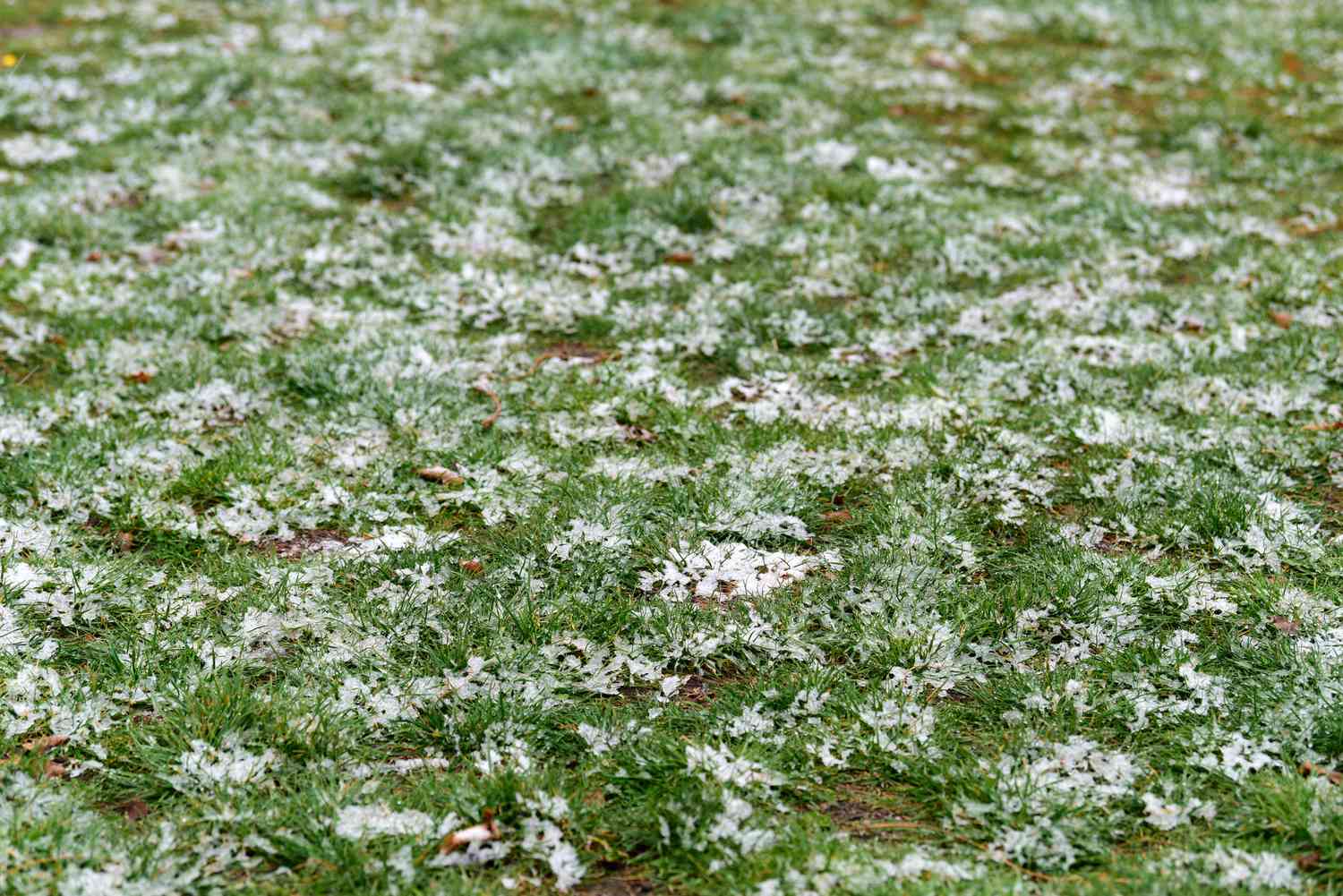

Landscaping Ideas
How Cold Is Too Cold For Grass Seed
Modified: October 19, 2024
Learn about the ideal temperature conditions for planting grass seed in your landscaping project. Discover when it's too cold for successful germination.
(Many of the links in this article redirect to a specific reviewed product. Your purchase of these products through affiliate links helps to generate commission for Storables.com, at no extra cost. Learn more)
Introduction
When it comes to cultivating a lush and vibrant lawn, the process often begins with planting grass seed. However, the success of this endeavor is heavily influenced by environmental factors, particularly temperature. The germination of grass seed is a delicate process that is significantly impacted by temperature, making it crucial to consider the weather conditions when planning to sow grass seed.
In this article, we will delve into the intricacies of planting grass seed in cold temperatures, exploring the ideal conditions for germination, the effects of cold temperatures on grass seed, factors to consider when planting in chilly weather, and valuable tips for ensuring the successful growth of grass in colder climates.
Understanding the impact of temperature on grass seed germination is essential for anyone seeking to establish a resilient and verdant lawn. Let's embark on this enlightening journey to uncover the nuances of planting grass seed in cold weather and equip ourselves with the knowledge to foster thriving green spaces even in chilly conditions.
Key Takeaways:
- Grass seed needs temperatures between 50-65°F to grow well. Cold weather can delay growth, make seeds vulnerable to disease, and weaken young plants. Choosing the right grass species and soil preparation are crucial for success.
- When planting grass seed in cold weather, choose cold-tolerant grass species, prepare the soil thoughtfully, monitor weather patterns, provide seedbed protection, and maintain adequate moisture. These steps can help ensure successful germination and establishment.
Read more: How Cold Is Too Cold To Plant Grass Seed
Ideal Temperature for Grass Seed Germination
The germination of grass seed is a pivotal stage in the establishment of a healthy lawn. For optimal germination to occur, the temperature of the soil plays a critical role. The ideal temperature for most grass seed varieties to germinate ranges from 50 to 65 degrees Fahrenheit (10 to 18 degrees Celsius). Within this temperature range, the biological processes necessary for seed growth and development are most conducive.
It’s important to note that different grass species have varying temperature requirements for germination. Cool-season grasses, such as Kentucky bluegrass, fescues, and ryegrass, typically thrive in cooler temperatures and can germinate at the lower end of the ideal range. On the other hand, warm-season grasses like Bermuda grass and Zoysia grass prefer higher temperatures for optimal germination.
Consistent soil temperatures within the ideal range are crucial for successful germination. Fluctuating temperatures, especially sudden drops into colder ranges, can impede the germination process and lead to uneven or delayed growth. Therefore, understanding the specific temperature preferences of the grass seed you are planting is essential for achieving favorable germination outcomes.
As we explore the impact of cold temperatures on grass seed, it’s important to keep in mind the delicate balance required to create an environment that nurtures the germination process. By understanding the ideal temperature range for grass seed germination, we can make informed decisions when planting in colder conditions and take proactive measures to support the growth of resilient and vibrant grass.
Effects of Cold Temperatures on Grass Seed
Cold temperatures can significantly impact the germination and early growth stages of grass seed, presenting both challenges and considerations for those seeking to establish a flourishing lawn in chilly weather. When the soil temperature falls below the ideal range for germination, several effects on grass seed become apparent.
One of the primary effects of cold temperatures on grass seed is delayed germination. As the soil temperature decreases, the metabolic processes within the seed slow down, prolonging the time it takes for the seed to sprout and develop into seedlings. This delay can lead to uneven germination, with some seeds remaining dormant while others slowly begin to grow, resulting in an inconsistent and patchy lawn.
In addition to delayed germination, cold temperatures can also make grass seed more susceptible to fungal diseases. The prolonged exposure to damp and chilly conditions creates an environment conducive to fungal growth, potentially leading to seed rot and other diseases that hinder the establishment of healthy grass. Furthermore, the reduced metabolic activity in cold soil can make the seedlings more vulnerable to fungal attacks, further compromising their growth and survival.
Furthermore, the development of grass seedlings in cold temperatures may be stunted, affecting their overall vigor and resilience. Slow growth can result in weaker root systems and less robust foliage, making the young plants more susceptible to environmental stressors and competition from weeds. This can ultimately impact the long-term health and appearance of the lawn, emphasizing the importance of addressing the effects of cold temperatures on grass seed germination.
Understanding the effects of cold temperatures on grass seed is essential for making informed decisions when planting in less-than-ideal weather conditions. By recognizing the challenges posed by chilly temperatures, we can implement strategies to mitigate their impact and create an environment that nurtures the successful germination and growth of grass seed, even in the face of cold adversity.
Grass seed will not germinate if the soil temperature is consistently below 50°F (10°C). Use a soil thermometer to monitor the temperature before planting.
Factors to Consider When Planting Grass Seed in Cold Temperatures
Planting grass seed in cold temperatures requires careful consideration of various factors to optimize the chances of successful germination and establishment. Understanding these factors is essential for creating an environment that supports the growth of resilient and healthy grass, even in less-than-ideal weather conditions.
- Grass Species Selection: When planting grass seed in cold temperatures, it’s crucial to select grass species that are well-suited for cooler climates. Cool-season grasses, including Kentucky bluegrass, fescues, and ryegrass, are more resilient in colder conditions and can germinate at lower temperatures compared to warm-season varieties.
- Soil Preparation: Adequate soil preparation is vital for optimizing germination in cold temperatures. Ensure that the soil is well-drained to prevent waterlogging, as excess moisture can impede the germination process. Loosening the soil and incorporating organic matter can improve its ability to retain heat and support seedling growth.
- Timing of Planting: Timing is critical when planting grass seed in cold temperatures. Aim to sow the seed before the onset of freezing weather, allowing sufficient time for germination before the harsh conditions set in. Monitoring weather forecasts and selecting an appropriate planting window is essential for maximizing the chances of successful establishment.
- Seedbed Protection: Providing protection for the seedbed can help mitigate the effects of cold temperatures. Utilize mulches or protective coverings to insulate the soil and maintain a more favorable microclimate for germination. These measures can also shield the seeds from excessive moisture and potential fungal diseases.
- Watering Practices: Proper watering is crucial when planting grass seed in cold weather. While it’s important to keep the seedbed moist to support germination, excessive watering should be avoided, as it can lead to waterlogging and create an unfavorable environment for seedling growth.
By considering these factors and implementing appropriate measures, such as selecting cold-tolerant grass species, preparing the soil thoughtfully, timing the planting effectively, providing seedbed protection, and practicing mindful watering, we can enhance the prospects of successful grass seed germination in cold temperatures. This comprehensive approach empowers us to navigate the challenges of chilly weather and lay the foundation for a resilient and thriving lawn.
Tips for Planting Grass Seed in Cold Weather
Planting grass seed in cold weather presents unique challenges, but with the right approach and thoughtful strategies, it is possible to foster successful germination and establish a resilient lawn. By incorporating the following tips, you can optimize the conditions for grass seed growth in chilly temperatures and set the stage for a healthy and vibrant lawn.
- Choose Cold-Tolerant Grass Species: Select grass species known for their resilience in cooler climates, such as Kentucky bluegrass, fescues, and ryegrass. These varieties are better equipped to germinate and thrive in lower temperatures, increasing the likelihood of successful establishment.
- Prepare the Soil Thoughtfully: Prior to planting, prepare the soil by loosening it and incorporating organic matter to improve drainage and heat retention. Well-drained soil with enhanced heat retention capabilities creates a more favorable environment for seed germination in cold weather.
- Monitor Weather Patterns: Keep a close eye on weather forecasts and aim to plant the grass seed during a period of milder temperatures. Avoid planting just before a significant cold spell, as this can hinder the germination process and negatively impact seedling growth.
- Provide Seedbed Protection: Utilize mulches or protective coverings to insulate the seedbed and shield the seeds from extreme cold and moisture. These protective measures create a microclimate that is conducive to germination, supporting the early stages of grass growth in chilly weather.
- Maintain Adequate Moisture: Keep the seedbed consistently moist, but avoid overwatering, which can lead to waterlogging and hinder germination. Balancing moisture levels is crucial for supporting the growth of grass seed in cold temperatures.
- Monitor and Adjust: Regularly monitor the seedbed and adjust your approach based on the prevailing weather conditions. Being attentive to changes in temperature and moisture levels allows you to adapt your care practices to best support the germination and early growth of the grass seed.
By implementing these tips and taking a proactive and attentive approach to planting grass seed in cold weather, you can enhance the prospects of successful germination and establishment. Thoughtful species selection, soil preparation, weather monitoring, seedbed protection, and mindful watering practices collectively contribute to creating an environment that nurtures the growth of resilient and healthy grass, even in the face of cold temperatures.
Read more: When Is It Too Cold To Cut Grass
Conclusion
Planting grass seed in cold temperatures presents a unique set of challenges, but with careful planning and strategic implementation, it is possible to achieve successful germination and establish a thriving lawn. Understanding the ideal temperature range for grass seed germination, as well as the effects of cold temperatures on seedling growth, is essential for navigating the complexities of planting in chilly weather.
By considering factors such as grass species selection, soil preparation, timing of planting, seedbed protection, and watering practices, individuals can optimize the conditions for grass seed germination in cold weather. Thoughtful species selection, including choosing cold-tolerant grass varieties, sets the stage for resilience and adaptability in cooler climates. Meanwhile, meticulous soil preparation, timely planting, and protective measures such as mulching contribute to creating a conducive environment for successful germination and early growth.
Furthermore, the careful management of moisture levels and a proactive approach to monitoring and adjusting care practices based on prevailing weather conditions are crucial for supporting the growth of grass seed in cold temperatures. By incorporating these strategies and tips, individuals can cultivate a healthy and vibrant lawn, even in less-than-ideal weather conditions.
Ultimately, the successful planting of grass seed in cold weather requires a comprehensive and informed approach that addresses the unique challenges posed by chilly temperatures. By leveraging knowledge of ideal germination conditions, understanding the effects of cold temperatures on grass seed, and implementing thoughtful strategies and tips, individuals can overcome these challenges and lay the groundwork for a resilient and flourishing lawn, enhancing the beauty and vitality of outdoor spaces even in cold climates.
Armed with this understanding and equipped with practical insights, individuals can embark on their grass planting endeavors with confidence, knowing that they have the knowledge and tools to nurture the growth of vibrant and resilient grass, transforming their outdoor environments into inviting and lush landscapes.
Frequently Asked Questions about How Cold Is Too Cold For Grass Seed
Was this page helpful?
At Storables.com, we guarantee accurate and reliable information. Our content, validated by Expert Board Contributors, is crafted following stringent Editorial Policies. We're committed to providing you with well-researched, expert-backed insights for all your informational needs.
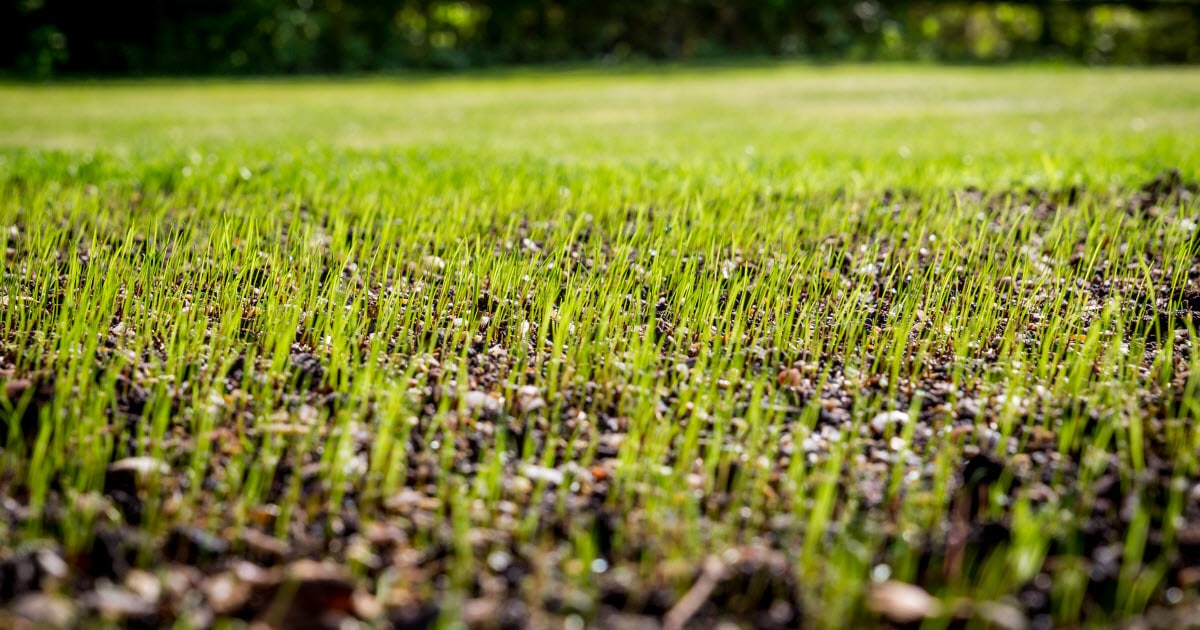

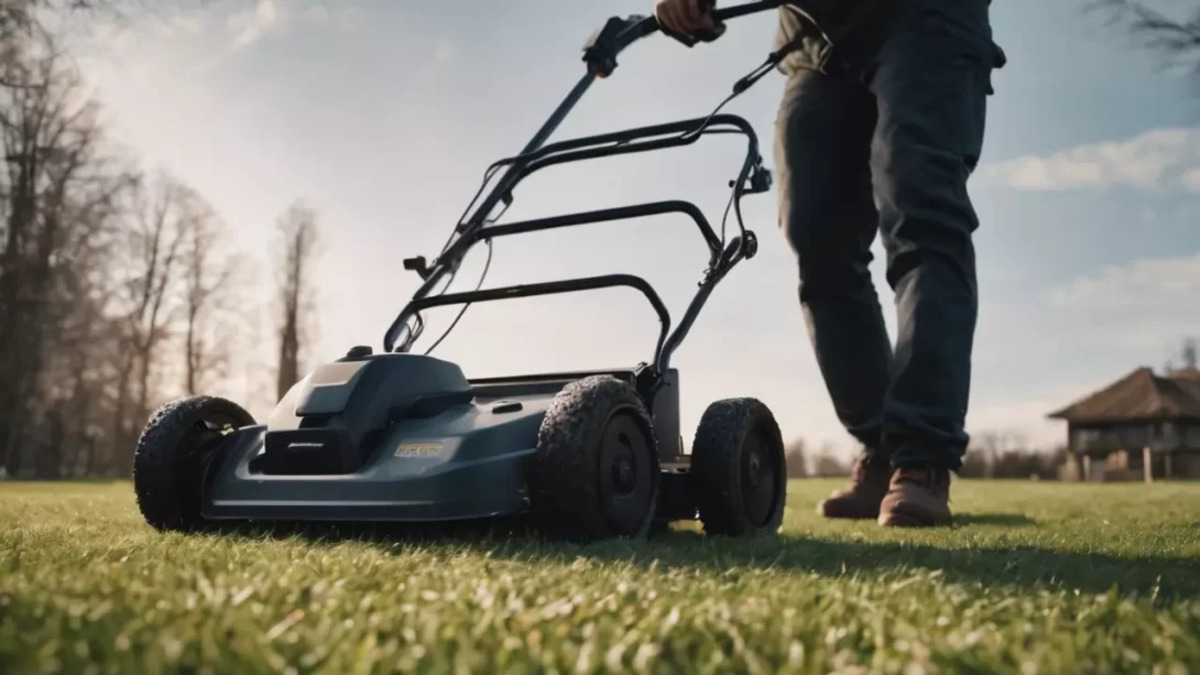
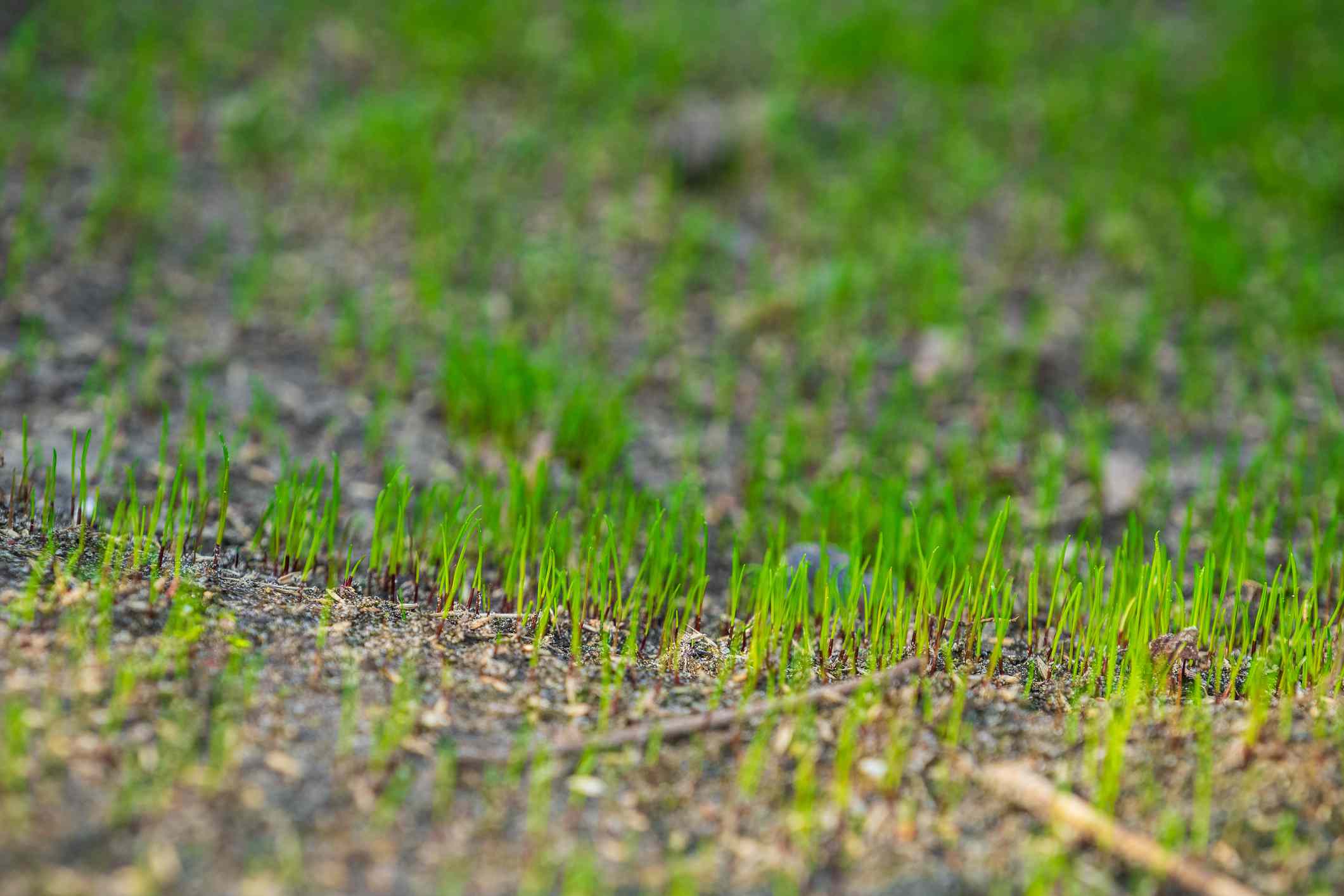
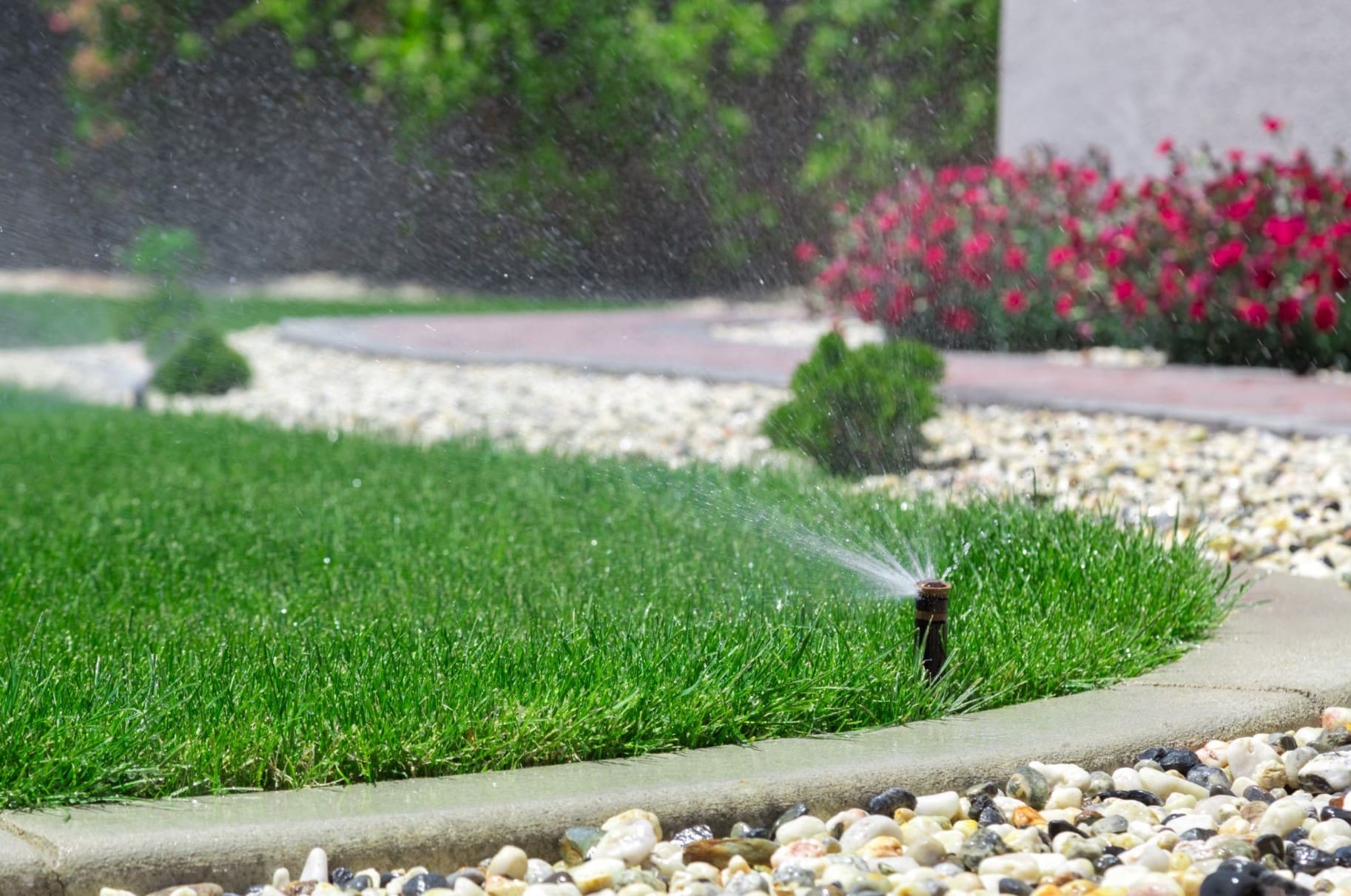
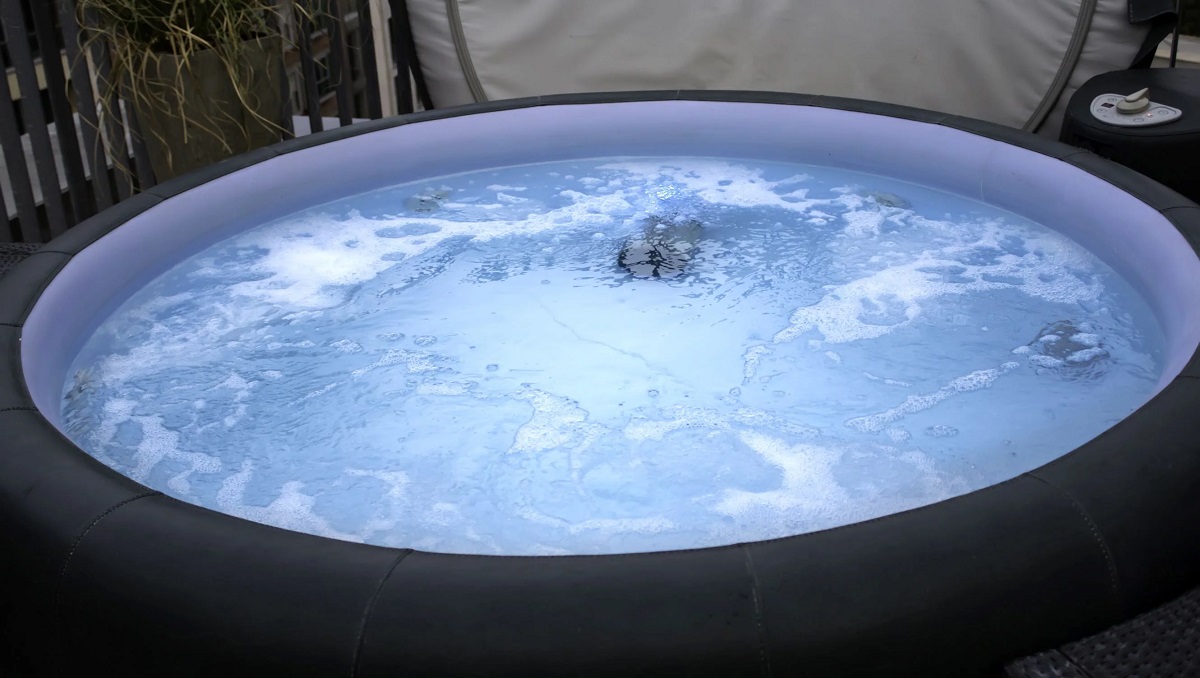

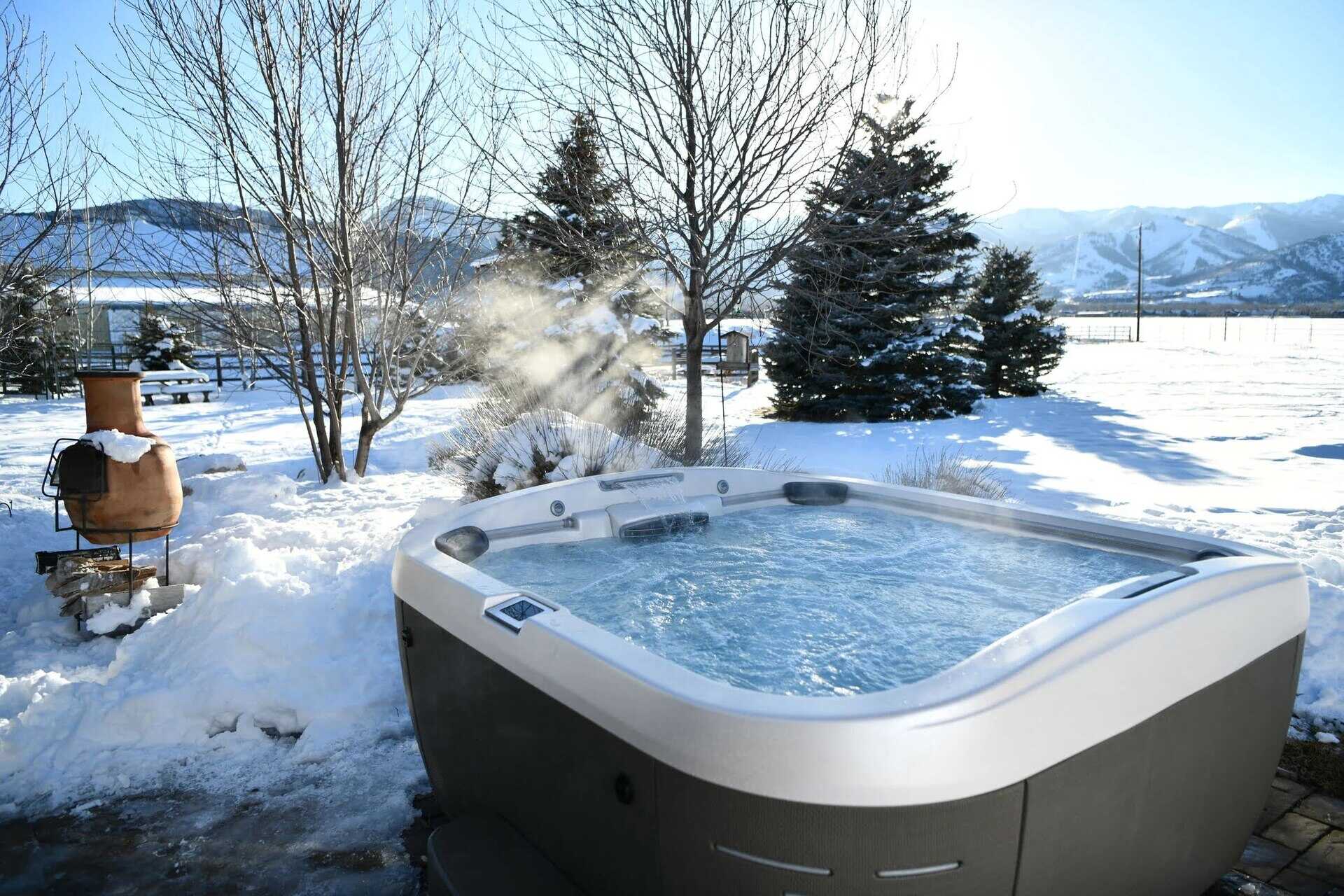
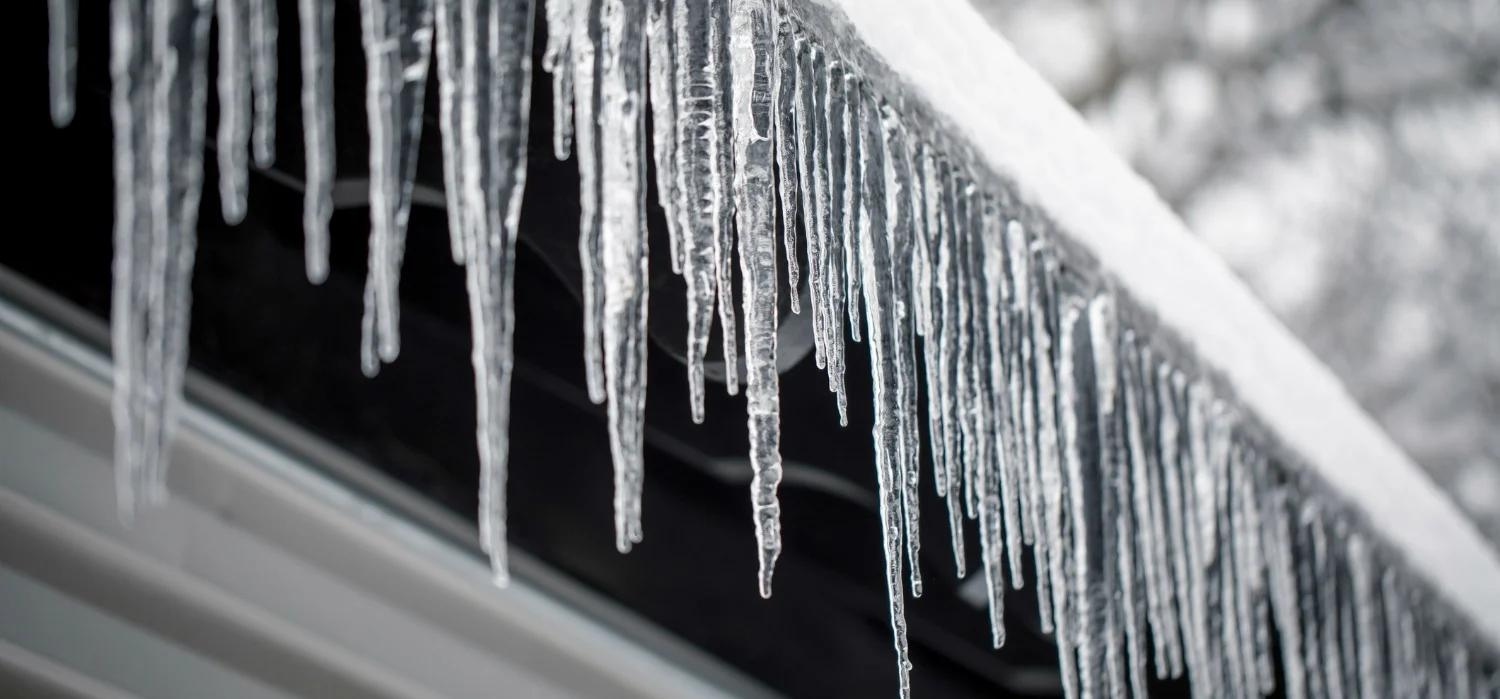

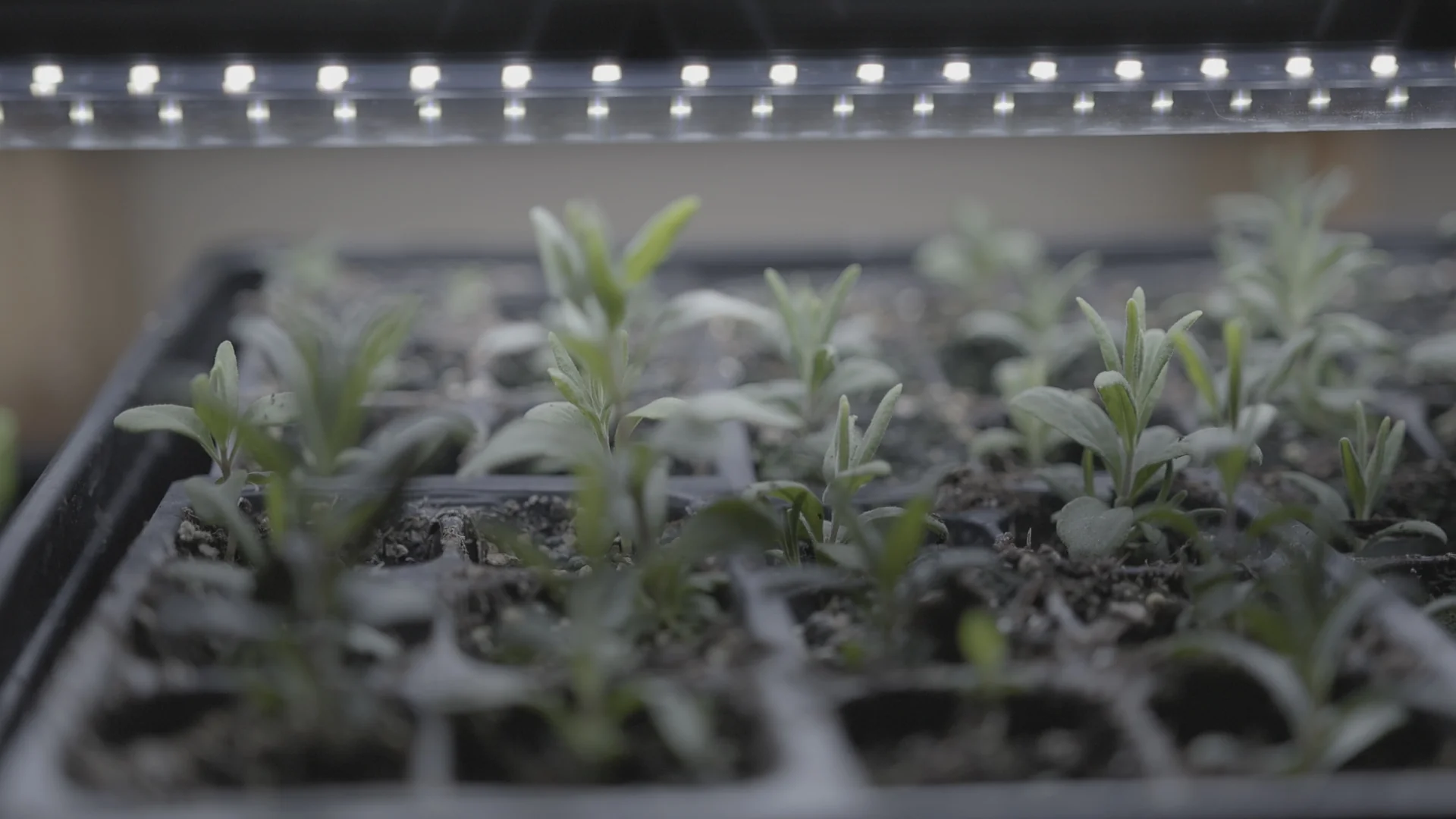

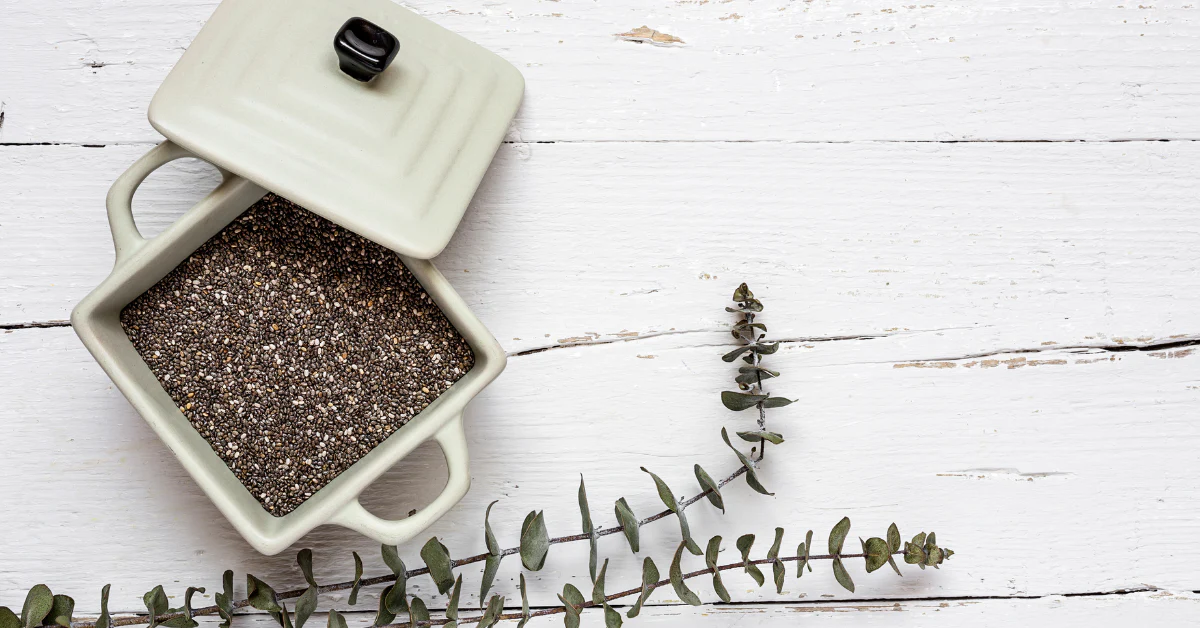
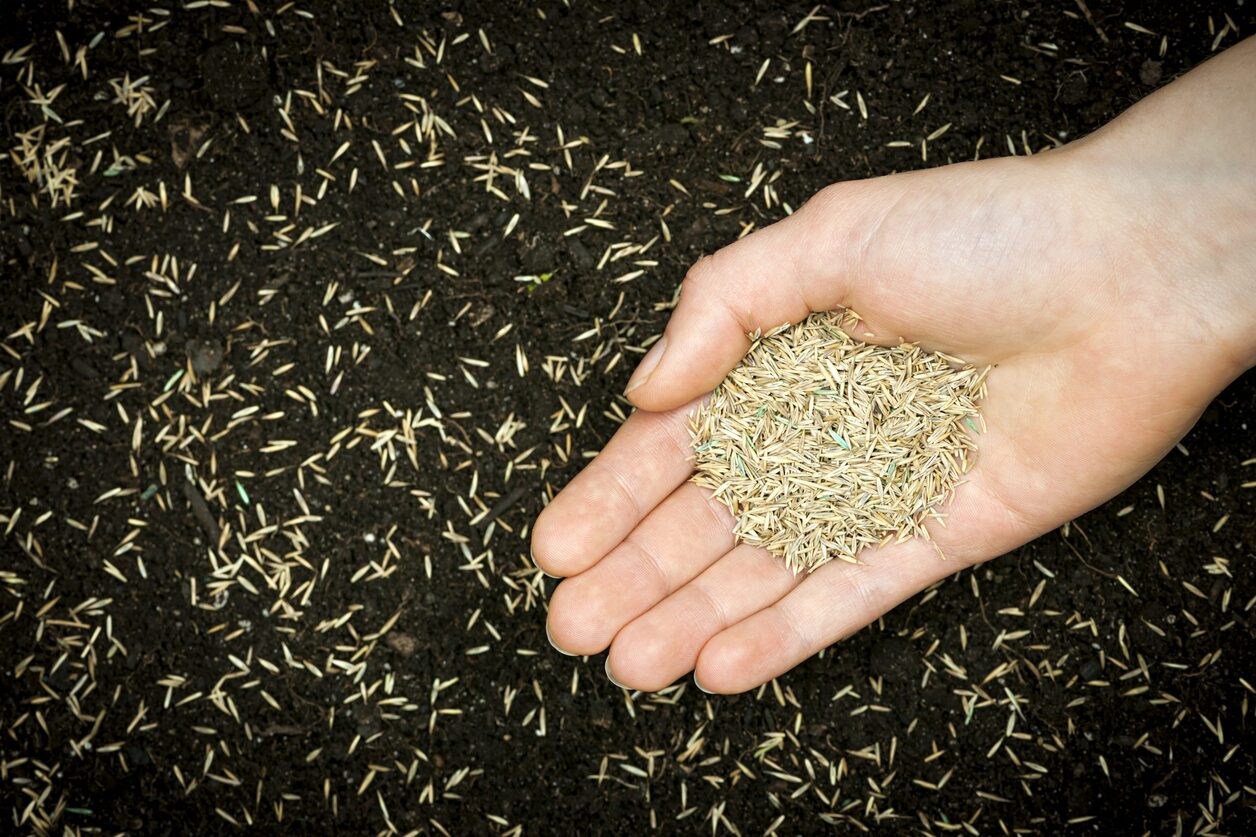

0 thoughts on “How Cold Is Too Cold For Grass Seed”